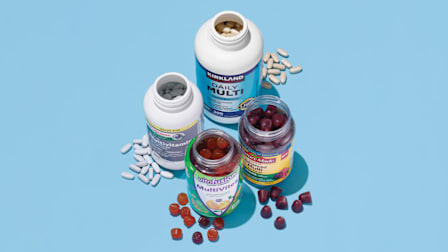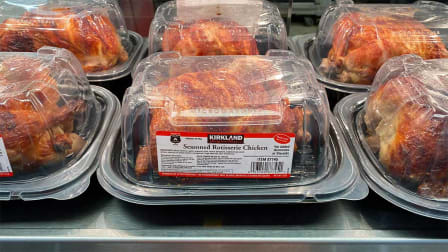Decoding Fruit Juice Labels
From '100 percent juice' to 'reduced sugar,' we tell you which claims help you make a healthier choice, and which to be wary of
You’ve heard it a thousand times: Eating a piece of fruit is better for you than fruit juice. But whole fruit doesn’t always quench thirst.
The key to enjoying fruit juice in a healthy way is to watch how much you sip (at most, a cup a day) and know what’s in it. “Juice labels can be very misleading,” says CR nutritionist Amy Keating. Here, what some common juice bottle lingo really means. (Click on the arrows below to get information on the different claims.)
Editor’s Note: This article also appeared in the May 2021 issue of Consumer Reports magazine.




















